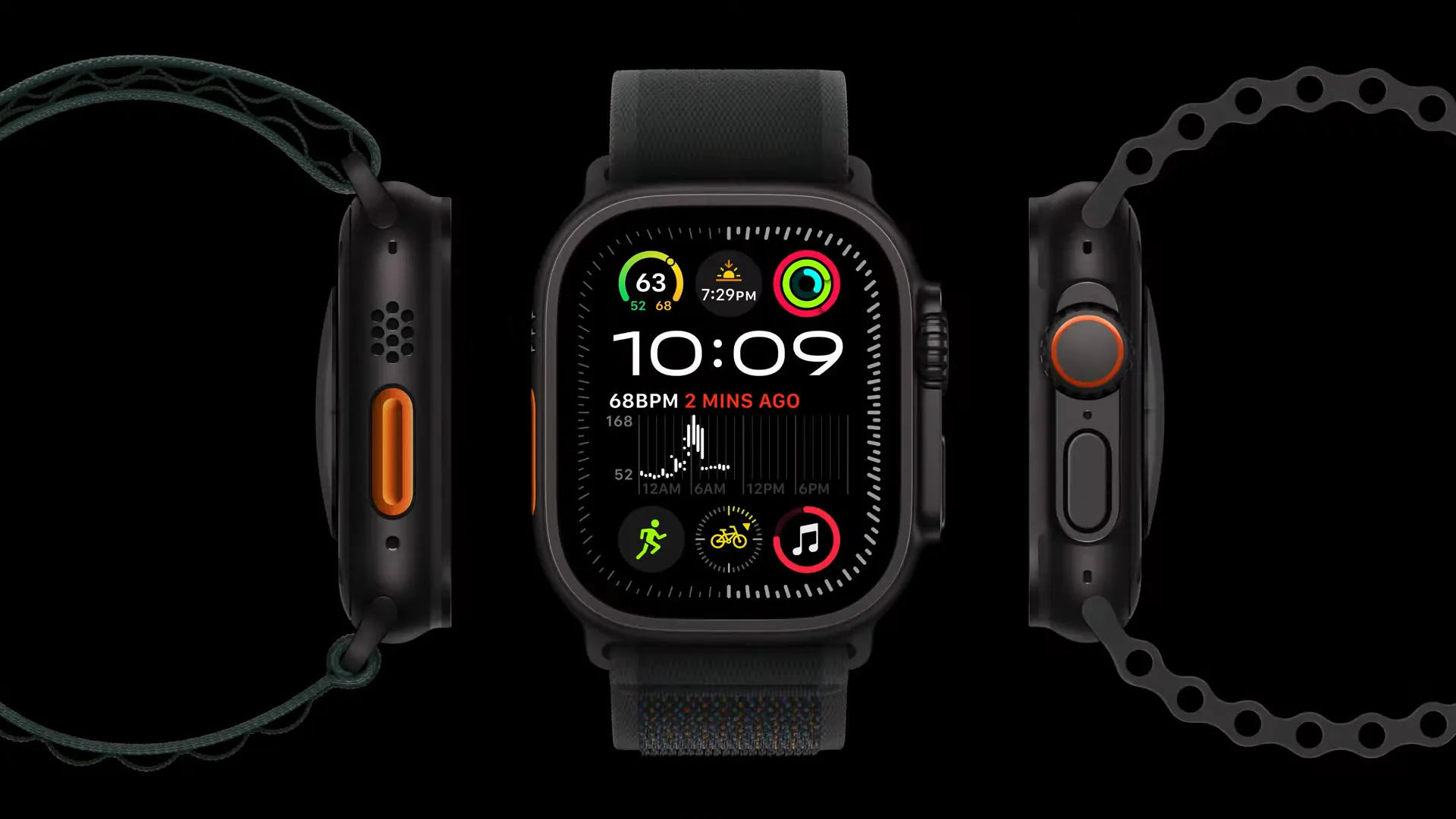Apple Watch Ultra 2: Evaluating Its Value in 2024

Extended Features of Apple Watch Ultra 2
Apple Watch Ultra 2 has made headlines with minimal updates, such as a new Titanium Black color. An important health function to monitor sleep apnea has been introduced, but it leads to the question: Is the Apple Watch Ultra 2 worth the investment in 2024?
Comparison with the Series 10
If your current Apple Watch is struggling with battery performance, and you don't fit the target audience for the Ultra line (spoiler alert: those who prefer stairs over elevators likely fall outside this group), then the Series 10 is the more worthwhile option. It is not only affordable but also lighter and sleeker.
- Reduced Weight and Thickness
- Display Innovations
- Processor Advancements
While the differences may seem slight initially, experience with various smartwatches shows that weight and thickness significantly affect daily comfort. Once accustomed to a lighter, thinner watch, transitioning back to a bulkier model becomes challenging.
In fact, the Series 10 offers a display area larger than that of the Ultra 2, with Apple's claims regarding the Series 10's 989 mm² to 1,200 mm² display compared to the Ultra 2's 1,185 mm². Although the Ultra 2 houses a slightly larger chassis at 49 mm x 44 mm, the Series 10 presents a more compact profile without sacrificing usability.
Screen and Performance
The Series 10 employs the latest high-quality LTPO3-OLED display technology, whereas the Ultra 2 maintains the previous LTPO generation. This advancement allows the Series 10 to deliver precise visuals at sharp angles, while the Ultra 2’s brightness of up to 3,000 Nits shines, especially outdoors, outperforming the Series 10’s 2,000 Nits.
Furthermore, the processing power of Apple's latest S10-SiP in the Series 10 eclipses the Ultra 2's S9 chip. This leads many to believe that Apple is modernizing its offerings.
This article was prepared using information from open sources in accordance with the principles of Ethical Policy. The editorial team is not responsible for absolute accuracy, as it relies on data from the sources referenced.